Chemical Description Warning Words Explained
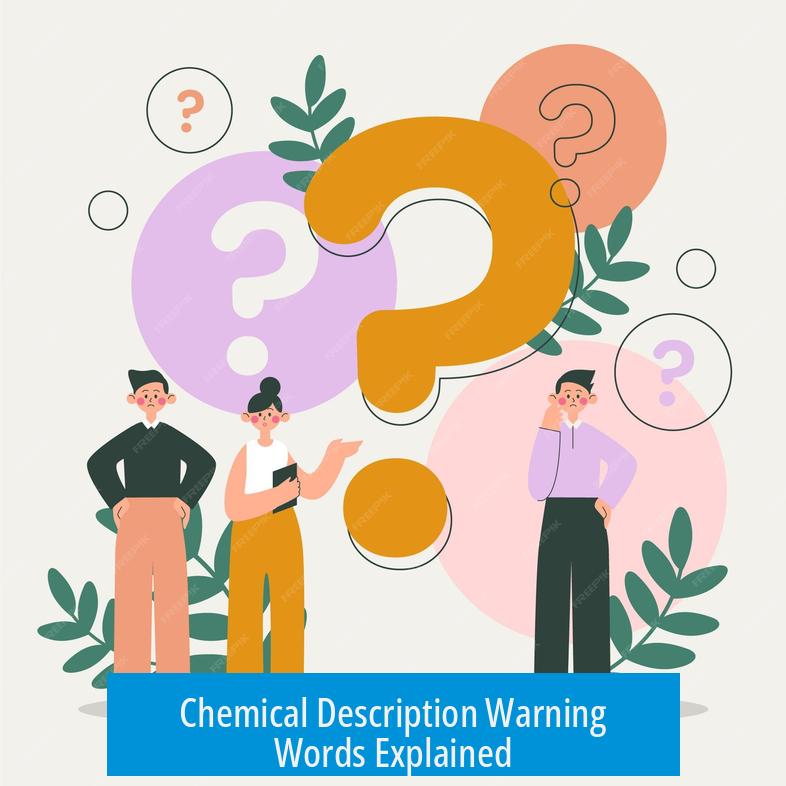
Chemicals use specific signal words and symbols to communicate hazards, improving safety and clarity. These signal words help identify the level of hazard involved. Commonly used words are “Warning” and “Danger.” Their presence on chemical labels signals how cautious one should be.
Identification of Irritants with GHS Symbols
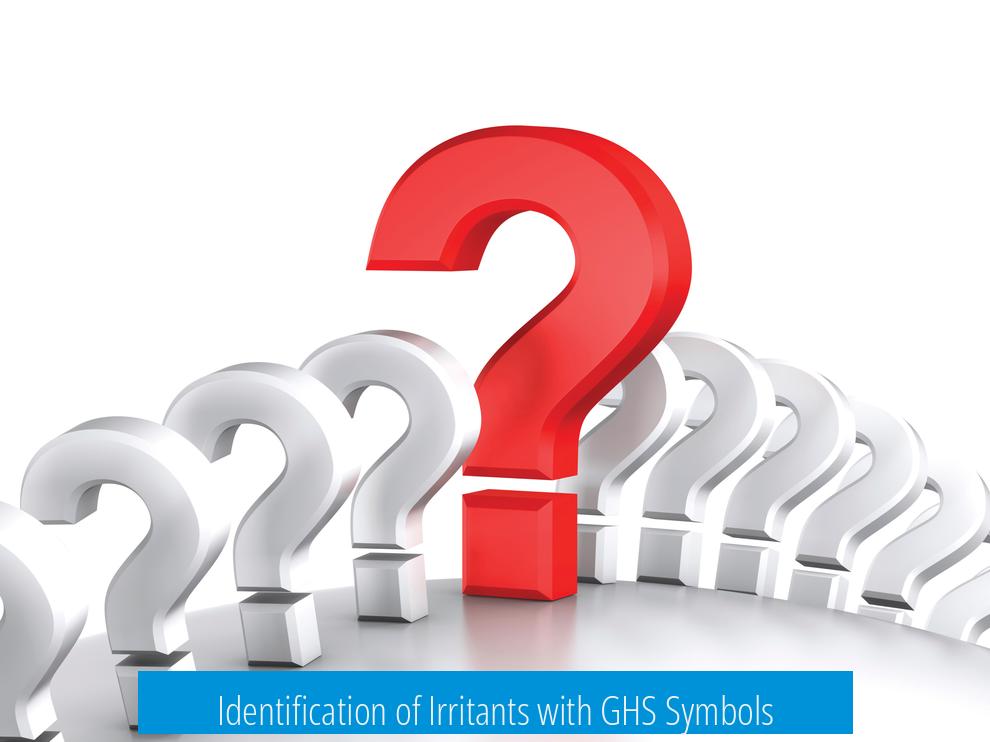
Irritants carry a distinct symbol under the Globally Harmonized System (GHS). This symbol is an exclamation point inside a red diamond. Alongside this, the word “Warning” appears prominently. This combination clearly signals that the chemical is an irritant and presents a moderate hazard.
Distinguishing Signal Words: Warning vs Danger
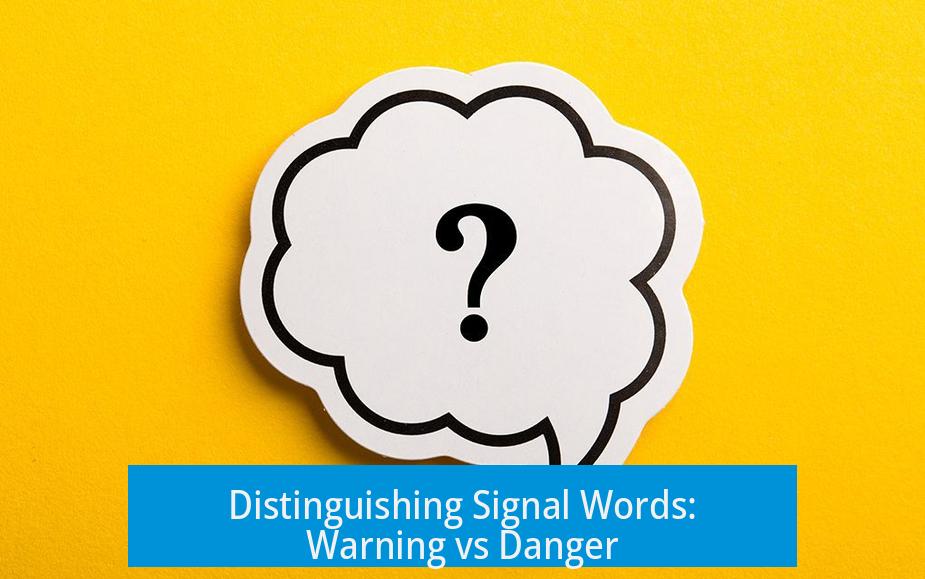
- Warning: Indicates a less severe hazard. Used for irritants, skin sensitizers, and other moderately hazardous chemicals.
- Danger: Used for chemicals posing more severe health risks, such as corrosive substances or highly toxic chemicals.
The use of these signal words helps users quickly assess the seriousness of the hazard and take appropriate precautions.
Library of Hazard Statements and Labels
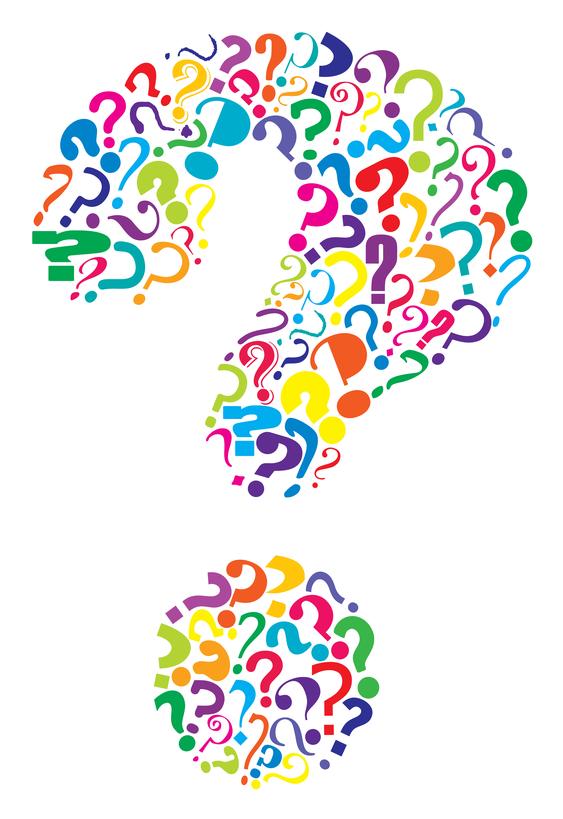
Every chemical hazard comes with a standardized statement from a global library. These statements are numeric-coded for easy reference. Users find them on chemical labels or in Safety Data Sheets. They explain the nature of the hazard in detail.
For a comprehensive list of these hazard statements, users can refer to official databases such as the GHS hazard statements – Wikipedia.
Key Takeaways
- The GHS irritant symbol is an exclamation mark inside a red diamond paired with the word “Warning.”
- “Warning” indicates moderate hazards; “Danger” signals severe risks.
- Hazard statements provide detailed descriptions, each linked with a unique number for reference.
Understanding Chemical Description Warning Words: What Do They Really Mean?
Ever glanced at a chemical label and wondered, “What’s with the red diamond and 📢’Warning’ or ‘Danger’?” It’s more than just a fancy design or a shouty headline. These chemical description warning words and symbols are the frontline messengers of safety, telling us exactly how feisty the chemical in hand might be.
So, what’s the real deal with those words? Simply put, the chemical warning words like Warning and Danger are part of a standardized system designed to keep you safe. Warning means “Hey, this substance might give you a minor injury or irritation.” Danger, on the other hand, screams, “Handle with extreme caution! This could cause serious harm.” Easy enough, right? Let’s unpack this more, step-by-step.
The Language of Chemicals: GHS Symbols and Signal Words
Meet the Globally Harmonized System (GHS), the international language for chemical hazard communication. Imagine it like an emoji system but for chemicals; symbols and words that transcend languages and keep workers, consumers, and emergency crews on the same page.
For irritants—the chemicals that poke and prod your skin or eyes—look for a little red diamond with an exclamation point inside. This symbol is a universal irritant flag.
- Symbol: A red diamond with an exclamation mark (!) signals an irritant.
- Signal Word: These irritants carry the word Warning, gently cautioning you to be careful.
So, when you spot that red diamond and the word “Warning,” you know the chemical might cause less-severe issues like mild skin irritation or nausea. It’s not time to run for the hills but definitely a cue to wear gloves or goggles.
Why Two Words? ‘Warning’ vs ‘Danger’—A Chemical’s Severity Scale
Signal words come in two flavors: Warning and Danger.
- Warning flags less severe risks. Think of it as a cautious heads-up.
- Danger screams “High alert!” Usually reserved for chemicals that can cause serious injuries or death if mishandled.
This classification isn’t arbitrary. The severity depends on factors like toxicity, flammability, corrosiveness, or immediate health effects.
For example, household bleach may come with a “Warning,” while something like concentrated sulfuric acid, known for its fury in chemical reactions, might carry a “Danger” label. So next time you see these words, you’ve got an instant gauge of how careful you need to be.
The Treasure Trove: A Library of Hazard Statements and Labels
Behind the scenes of each chemical label lies a precise, numbered library of hazard statements. These statements explain exactly what might happen if the chemical is misused.
Think of them as detailed footnotes or mini manuals for each specific hazard. They tell you whether a chemical can cause skin burns, respiratory problems, or long-term health effects. What’s cool is each statement has a unique code—for example, “H315” means “Causes skin irritation.”
Not only do labels on bottles and containers use these statements, but safety data sheets (SDS) also list them. SDS documents provide comprehensive safety info, including handling tips, first aid, and spill procedures.
Curious about the full catalog of hazard statements? Check out the GHS hazard statements on Wikipedia. It’s like a cheat sheet for your chemical safety toolbox!
Putting It All Together: Why You Should Care
Understanding chemical description warning words isn’t just for lab techs or chemists. If you cook, clean, or work with any kind of chemical (yes, that includes pesticides and some cosmetics), this knowledge keeps you safe.
Imagine you’re handling a chemical labeled with the red diamond exclamation point and “Warning.” You might chuck it in a glove and eye protection before applying it. But if the same chemical screamed “Danger,” you’d bust out full safety gear and triple-check your ventilation first.
Ignoring these signals is playing chemical roulette. The GHS system saves lives by making potential dangers clear, simple, and GLOBAL. No matter if you’re in Tokyo or Tampa, the signs mean the same thing.
Pro Tips for Dealing with Chemical Labels
- Always scan for the red diamond: If it’s there, read the warning or danger word right next to it.
- Look up hazard statement codes if unsure: A quick Google or your SDS manual can clarify the risk.
- Use personal protective equipment: Gloves, goggles, and masks can be lifesavers. Don’t skimp.
- Keep a handy safety data sheet: Employer or vendor should provide it. Reading it saves you from guesswork during emergencies.
- Store chemicals properly: Following instructions prevents dangerous reactions.
Final Thoughts
Next time you face a chemical label, remember this: those seemingly simple warning words and symbols pack a punch. They’re a quick, effective way to tell you how fiercely a chemical wants your respect.
“Warning” means proceed with caution. “Danger” means you better pay very close attention. The exclamation mark in that little red diamond? It’s the chemical’s way of saying, “Hey, handle me carefully to avoid trouble.”
Think of these words and symbols as your chemical bodyguards. They don’t just warn you—they protect you. Stay sharp, stay safe, and the world of chemicals won’t be such a mystery anymore.
What symbol identifies chemical irritants under the GHS system?
Irritants are marked by an exclamation point inside a red diamond. This symbol is used to signal potential irritation hazards.
What signal words are used in chemical hazard labeling?
Two signal words appear before hazard statements: “Warning” and “Danger.” “Warning” indicates less severe hazards. “Danger” flags more serious risks.
How do the signal words relate to chemical hazards?
“Warning” is used for irritants and less severe hazards. “Danger” applies to more hazardous chemicals with greater risks or potential harm.
Where can I find detailed hazard statements for chemicals?
Hazard statements are listed on chemical labels and safety data sheets (SDS). Each has an assigned number for easy reference.
Is there a resource to look up GHS hazard statements?
Yes, the GHS hazard statements are cataloged online. The Wikipedia page provides a comprehensive list with statement numbers and descriptions.


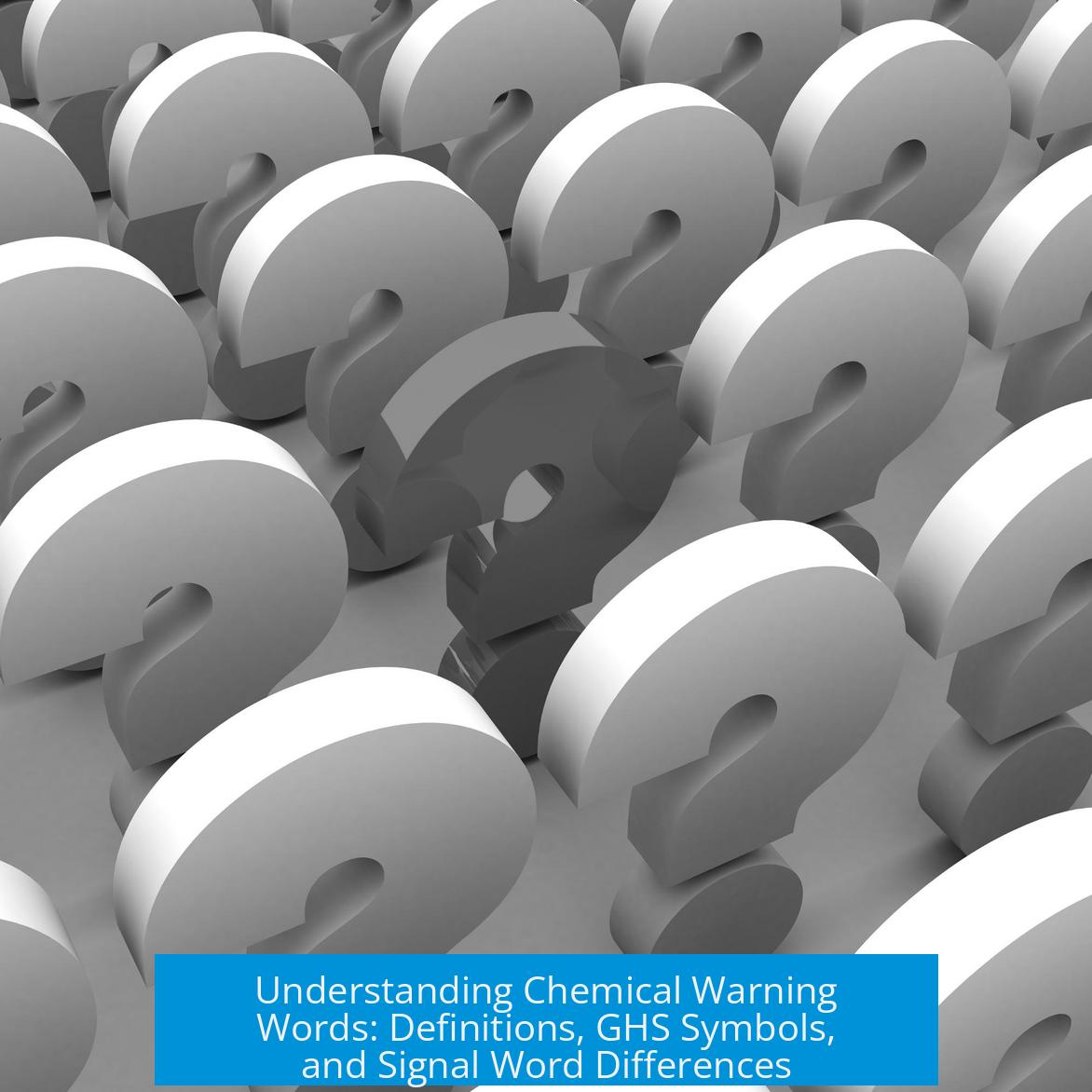
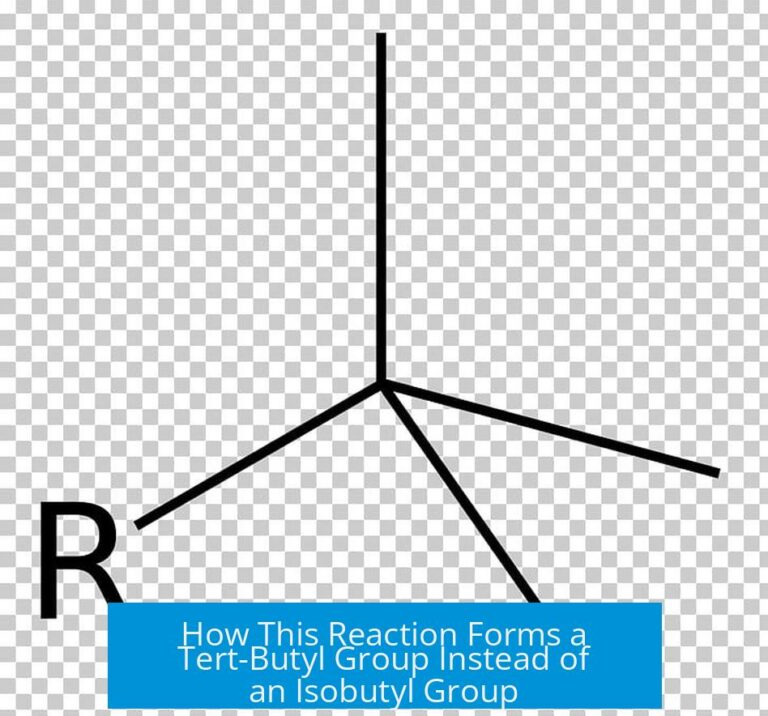
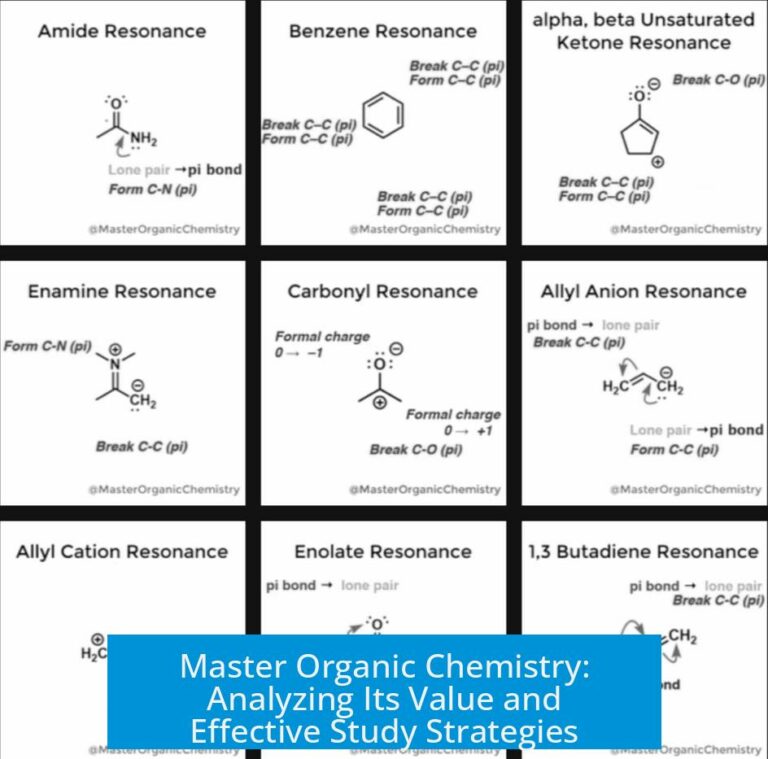
Leave a Comment